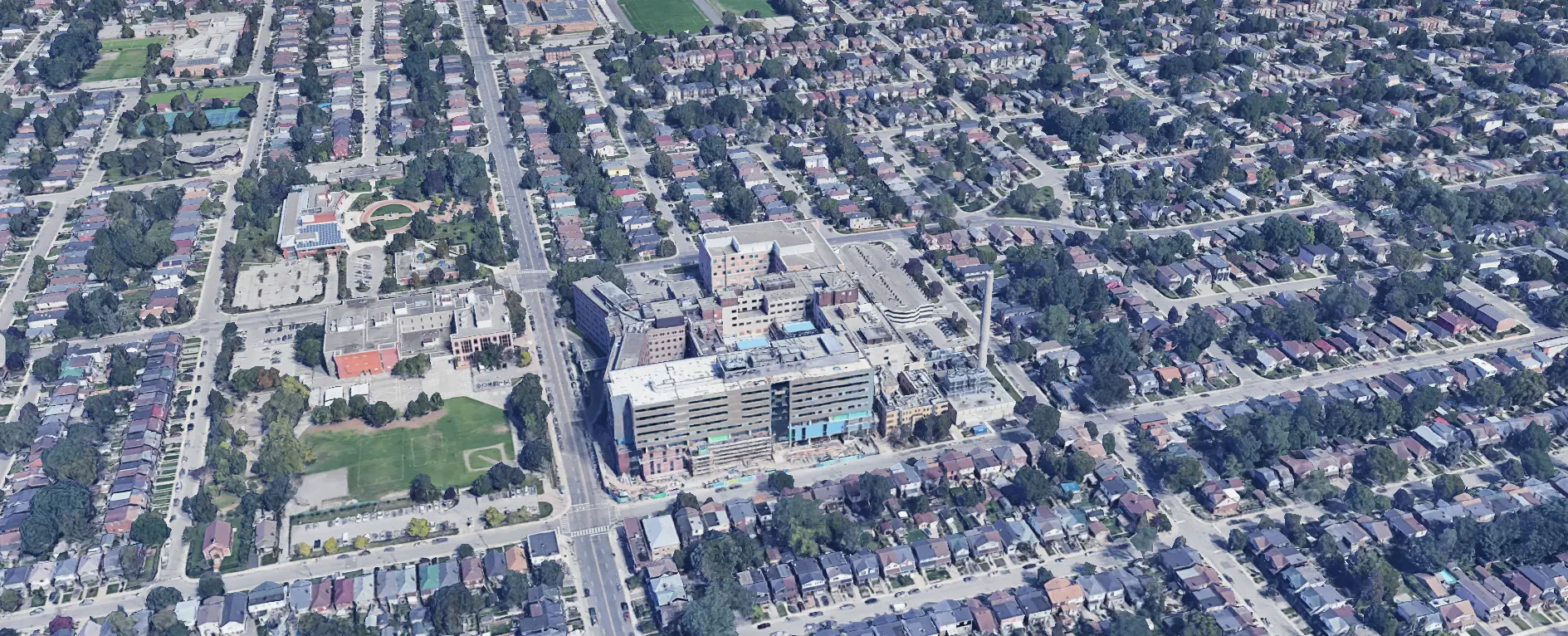Table of Contents
- Introduction
- Defining "potentially excessive use of physical restraints"
- Ontario nursing homes with highest rate of "potentially excessive use of physical restraints"
- Ontario nursing homes with lowest rate of "potentially excessive use of physical restraints"
- Considerations for choosing nursing homes
Introduction
When selecting a nursing home, the rate of potentially excessive use of physical restraints is a significant factor to consider, as it has direct implications for the resident's quality of life and overall well-being. Research has shown that inappropriate use of restraints, particularly among individuals with dementia, can lead to a range of negative outcomes, both physical and psychological.
Physical restraints, whether in the form of belts, geriatric chairs, or other devices, are intended to prevent injury or manage challenging behaviors. However, their use can severely restrict a senior's freedom and independence. For example, restraints can impede natural movement, leading to frustration and a loss of confidence and self-esteem. The restriction of movement can also result in physical harm, including skin abrasions, bruises, and even fractures. Additionally, seniors who attempt to free themselves from restraints may incur further injuries.
Beyond the physical risks, the use of restraints can cause significant psychological distress. Seniors may experience anxiety, fear, and a profound sense of loss of dignity. This emotional toll can manifest as agitation, depression, isolation, and even post-traumatic stress. In individuals with dementia, psychological distress caused by restraints can contribute to a decline in cognitive function, further exacerbating their condition.
Prolonged use of restraints also poses the risk of cognitive and physical decline. Extended periods of immobilization can lead to muscle atrophy, reduced mobility, and overall health deterioration. These effects not only diminish the quality of life but also increase the likelihood of further complications and a need for more intensive care.
Defining "potentially excessive use of physical restraints"
The Canadian Institute for Health Information (CIHI) defines the "potentially excessive use of physical restraints" in long-term care settings as the use of physical restraints for purposes other than those medically necessary, such as ensuring the safety of the resident or others.
Physical restraints may include devices such as belts, vests, bed rails, or specialized chairs that limit a resident's movement.
The measure is calculated as the percentage of residents subjected to these restraints daily, with a lower percentage indicating better adherence to quality care standards.
Ontario nursing homes with highest rate of "potentially excessive use of physical restraints"
Below are five nursing homes with the highest percentage of long-term care residents in daily physical restraints:
- 🥇 Kingsway Lodge Nursing Home ranks first at 61.2% for the highest rate of potentially excessive use of physical restraints
- 🥈 Bingham Memorial Hospital ranks second at 36.8% for the highest rate of potentially excessive use of physical restraints
- 🥉 Northwood Lodge ranks third at 35.6% for the highest rate of potentially excessive use of physical restraints
- Collingwood Nursing Home Limited ranks fourth at 32.6% for the highest rate of potentially excessive use of physical restraints
- Pinecrest Home ranks fifth at 26.1% for the highest rate of potentially excessive use of physical restraints
Considerations for choosing nursing homes
When evaluating a nursing home, it is important to review the facility's policies and practices regarding the use of physical restraints.
Prospective residents and their families should inquire about the training and protocols in place for managing behaviors that might otherwise lead to the use of restraints, as well as the facility's commitment to minimizing restraint use.
Facilities that report lower rates of restraint use typically emphasize non-restrictive interventions and person-centered care approaches, which prioritize the dignity and autonomy of residents.















